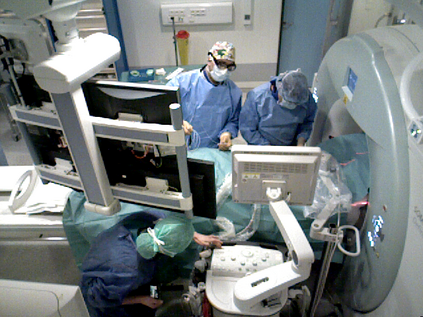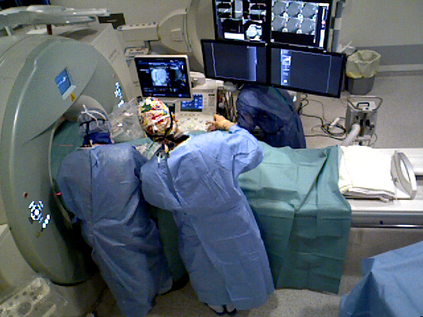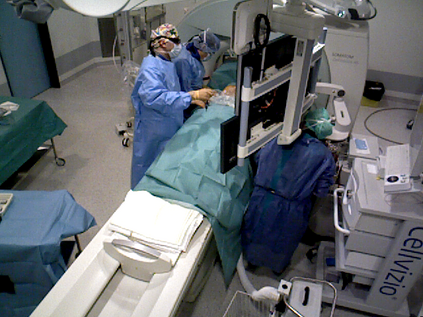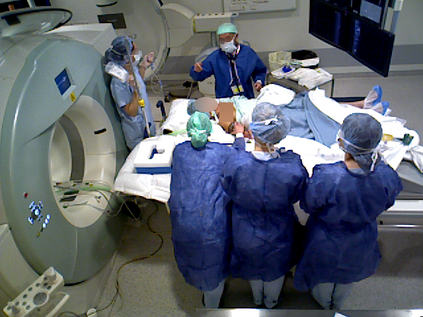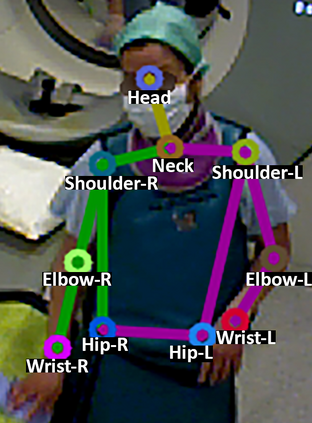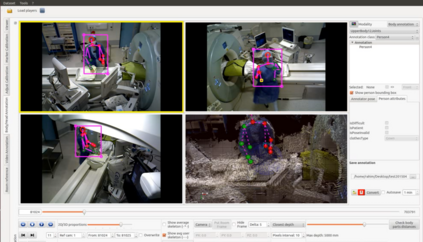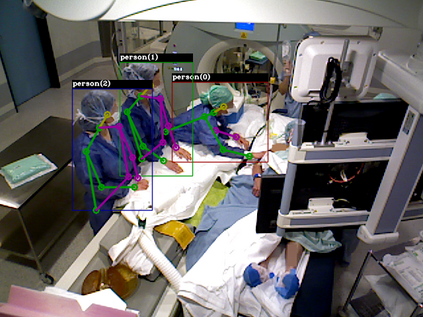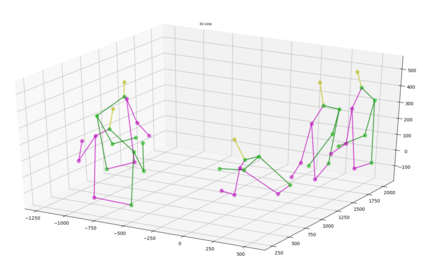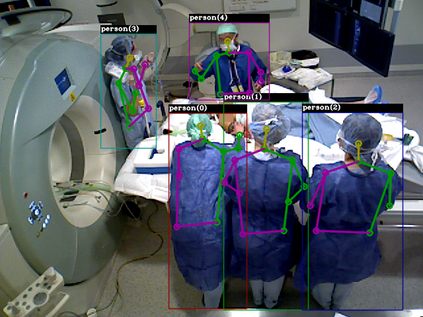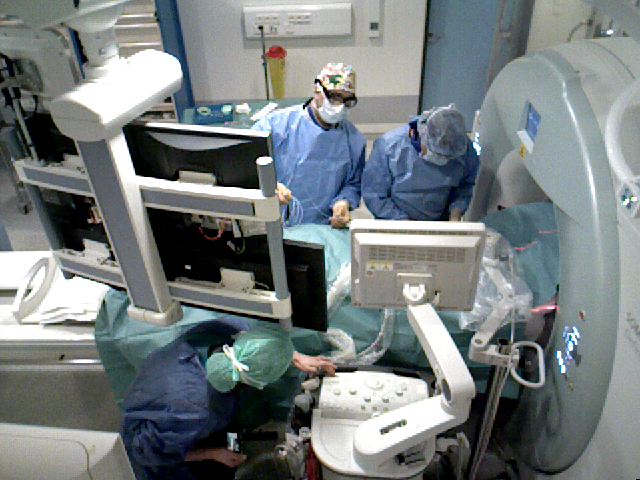
Person detection and pose estimation is a key requirement to develop intelligent context-aware assistance systems. To foster the development of human pose estimation methods and their applications in the Operating Room (OR), we release the Multi-View Operating Room (MVOR) dataset, the first public dataset recorded during real clinical interventions. It consists of 732 synchronized multi-view frames recorded by three RGB-D cameras in a hybrid OR. It also includes the visual challenges present in such environments, such as occlusions and clutter. We provide camera calibration parameters, color and depth frames, human bounding boxes, and 2D/3D pose annotations. In this paper, we present the dataset, its annotations, as well as baseline results from several recent person detection and 2D/3D pose estimation methods. Since we need to blur some parts of the images to hide identity and nudity in the released dataset, we also present a comparative study of how the baselines have been impacted by the blurring. Results show a large margin for improvement and suggest that the MVOR dataset can be useful to compare the performance of the different methods.
翻译:个人探测和估计是开发智能环境认知协助系统的关键要求。为了促进发展人造表面估计方法及其在手术室的应用,我们发布了多视操作室数据集,这是在实际临床干预期间记录的第一个公共数据集,由3个 RGB-D 相机在混合ORS 中记录的732个同步多视框组成。还包括在这种环境中存在的视觉挑战,如隐蔽和杂乱等。我们提供了照相机校准参数、颜色和深度框架、人类捆绑盒和2D/3D 显示说明。我们在本文件中介绍了数据集、其说明以及最近几次人探测的基线结果和2D/3D 显示的估计方法。由于我们需要模糊图像的某些部分以掩盖身份和在释放的数据集中裸露,我们还对基线如何受到模糊影响进行了比较研究。结果显示改进的余地很大,并表明MVOR 数据集能够有助于比较不同方法的性能。
